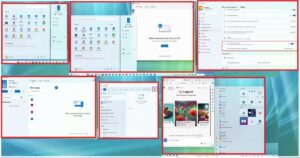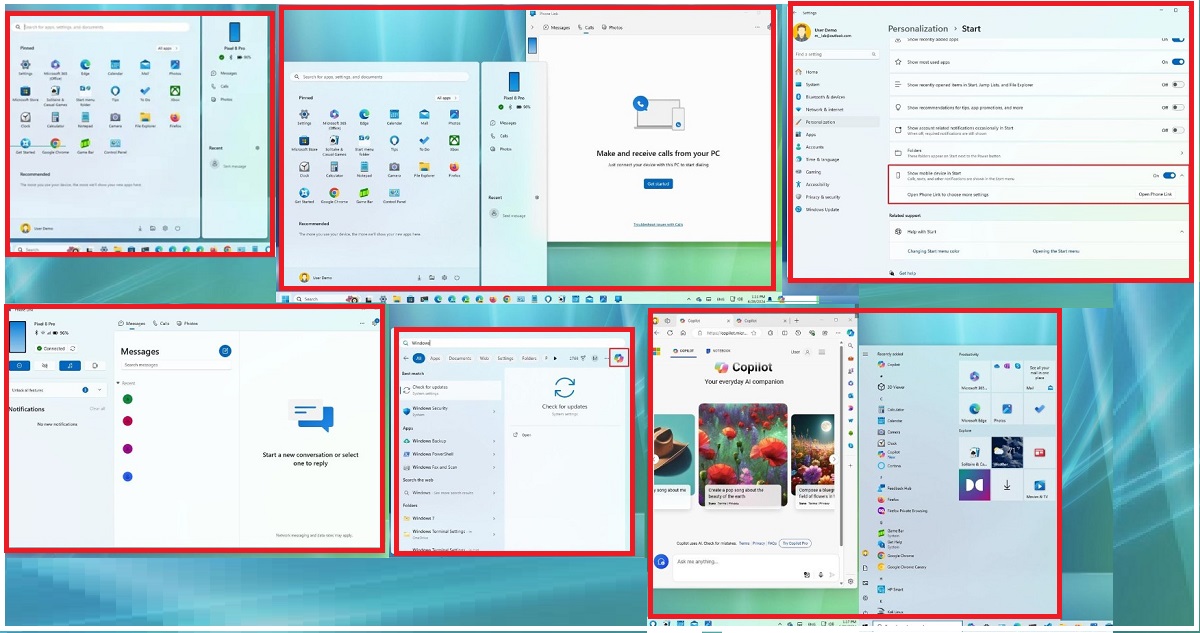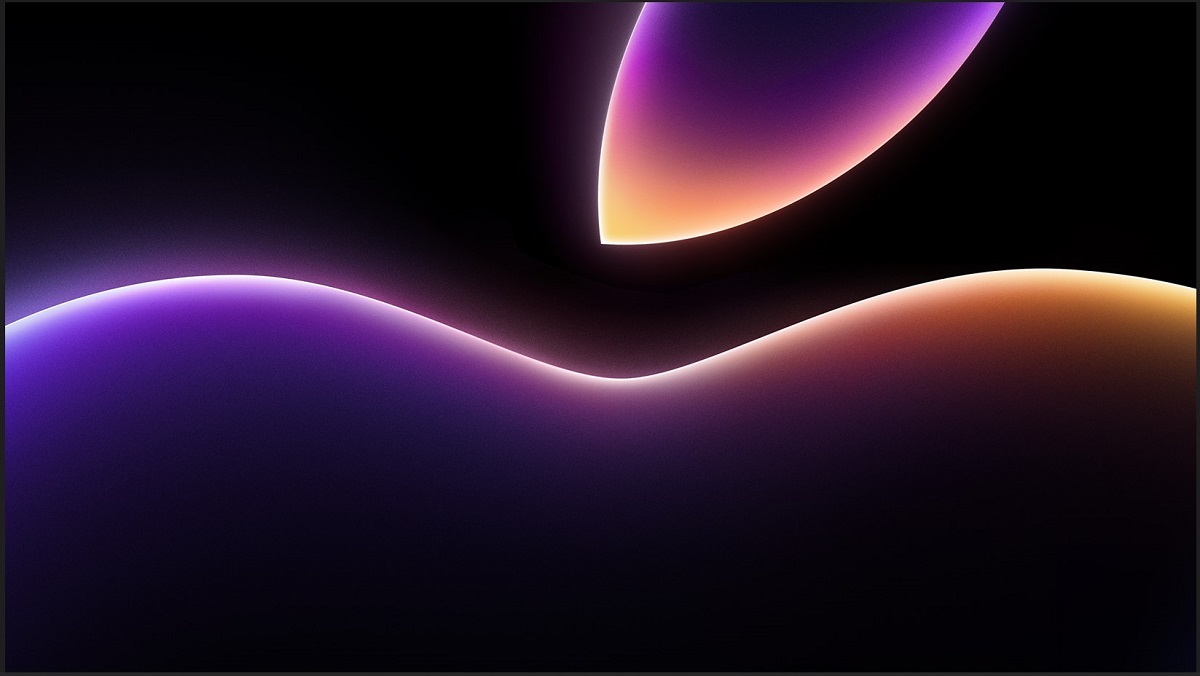5 Reasons Microsoft’s New Start Menu Feature Might Flop (5 Makes the Most Sense)
Microsoft’s new Start menu sidebar for connecting phones is met with criticism. Users find it redundant as it offers limited interaction and overlaps with existing notifications. Additionally, some prefer customization options like resizable Start menu over this feature.
CONTENTS: 5 Reasons Microsoft’s New Start Menu Feature Might Flop

Niche feature, limited appeal
5 Reasons Microsoft’s New Start Menu Feature Might Flop
Microsoft has recently introduced a preview of the new floating sidebar feature for the Start menu, allowing direct access to your mobile device via the Phone Link app on Windows 11. However, many users argue that this feature may not be the most effective or essential addition for several reasons.
Limited interaction, redundant with notifications
5 Reasons Microsoft’s New Start Menu Feature Might Flop: The new floating sidebar feature from Microsoft is marketed as a way to keep you connected by offering easy access to your mobile device. However, it primarily functions as a hub of links to various features within the Phone Link app. While it displays notifications for emails, messages, and basic phone details like battery status and Bluetooth connectivity, users cannot interact directly with messages, photos, or calls through this interface.
Clicking on any item opens the corresponding feature in the Phone Link app itself, requiring users to switch to the app for any meaningful actions. Thus, beyond displaying alerts, the sidebar doesn’t facilitate actual interaction without using the Phone Link app separately.
If your phone is already connected to your computer, it’s likely that you already have the Phone Link app running on your desktop, making multiple entry points for the same features seem redundant. Additionally, notifications from your phone appear both on the desktop and in the Notifications panel once set up.
Toggle simplifies mobile device visibility
Most users tend to keep their frequently used apps pinned to the Taskbar, reducing the need to access the Start menu regularly. Relying on this integration to access your phone could necessitate more frequent visits to the Start menu. Otherwise, using the Phone Link app directly might be more efficient. Personally, I can go days without opening the Start menu.
While this is an early preview and the design might evolve, Microsoft’s track record of labeling simple interface elements as “integration” raises skepticism about whether we’re seeing the final design of this feature.
When Microsoft introduced features like Copilot (formerly Bing Chat), they marketed it as integration, but it essentially functioned as a button that opened the Copilot web page in Microsoft Edge. Even now, clicking the “Copilot” button in Windows Search directs you to the chatbot AI in a web browser.
5 Reasons Microsoft’s New Start Menu Feature Might Flop: One recurring issue is that despite rolling out early previews to testers in the Windows Insider Program for feedback, Microsoft often misses the opportunity to launch features in a polished state. The company tends to quickly develop and release new features, which can result in rushed implementations. Subsequently, updates are needed to improve these features, but by the time updates arrive, user interest may have waned due to the initial incomplete experience. This cycle has led to features being deprecated after their initial rollout, such as Your People, Meet Now, Chat, and the Copilot sidebar, among others.
The positive aspect is that the “Start” settings page now includes a toggle switch labeled “Show mobile device in Start,” allowing users to easily enable or disable this feature when connecting their phone to their computer.
Transparency in design and development
Microsoft’s new Phone Link sidebar for the Start menu has sparked controversy among users who find it redundant and cluttered. Many argue that instead of introducing this sidebar, Microsoft should focus on reintroducing Live Tiles, allowing users to resize the Start menu, or providing other customizable options. Critics suggest that while the sidebar could potentially open up to third-party apps for additional functionalities, its current implementation lacks clarity and may not align with users’ preferences for interface design.
Previously appearing in preview builds of Windows 11, the sidebar primarily supports Android devices in the Beta Channel, with plans for iPhone compatibility in the future. Some users believe Microsoft should communicate its roadmap more transparently, showcasing early designs, detailing planned features, and gathering feedback before finalizing updates. This approach, they argue, would mitigate initial user skepticism and foster more constructive engagement with new features.
Check out TimesWordle.com for all the latest news



